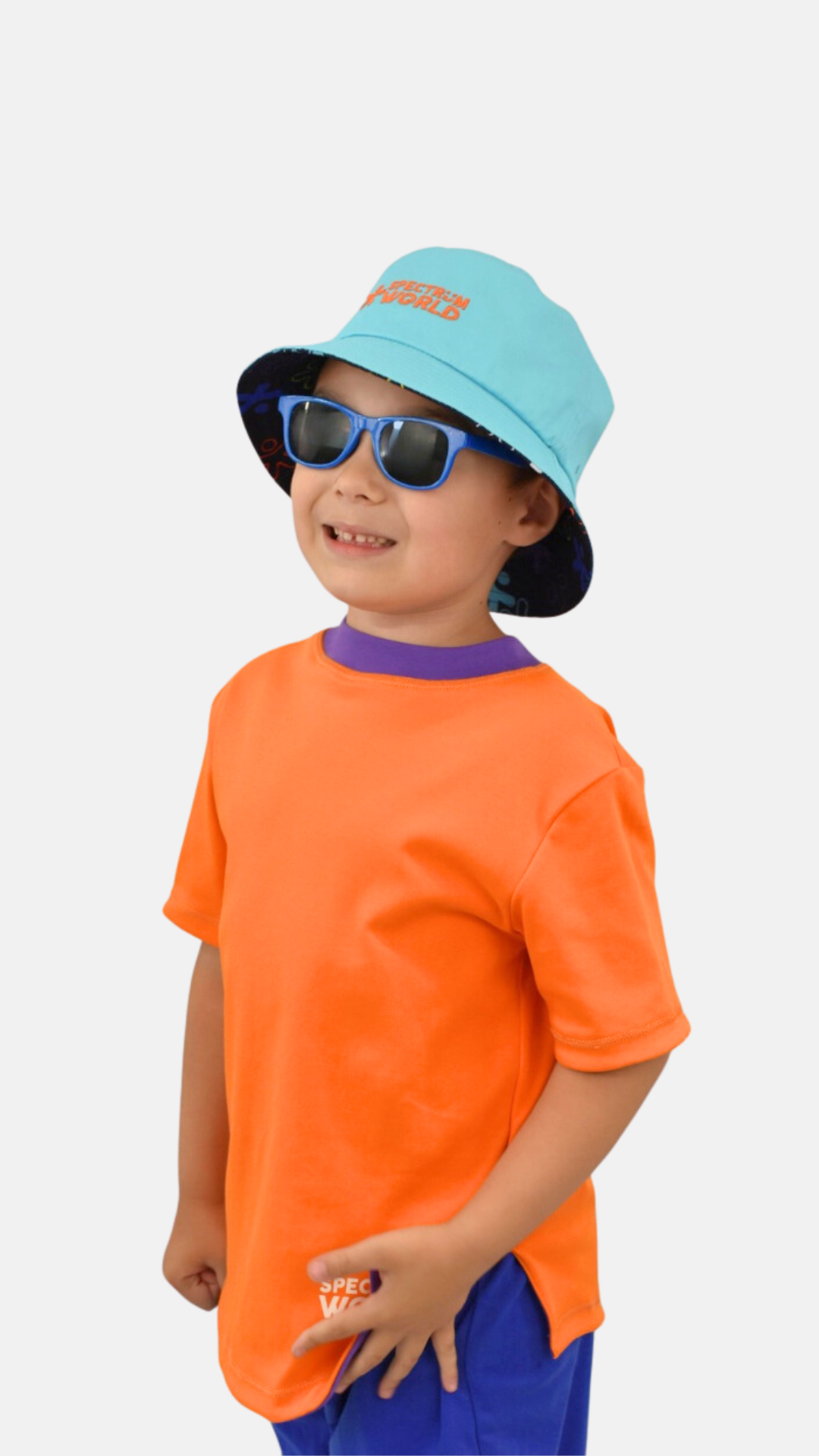
Signs Your Child May Need Adaptive Clothing
Compartir
How to Know If Your Child Needs Adaptive Clothing
As a parent, it's natural to want your child to feel comfortable and confident in what they wear. However, for some children—especially those with sensory sensitivities or who are neurodivergent—typical clothing can present daily challenges. Recognizing the signs that indicate a need for adaptive clothing can make a significant difference in your child's well-being and development.
At Spectrum World, we specialize in adaptive clothing that’s thoughtfully designed to meet these very needs. Our collection is crafted with both function and comfort in mind.
1. Avoidance of Certain Fabrics or Materials
If your child shows aversion to specific fabrics, seams, or tags, they may be experiencing tactile hypersensitivity. This condition, common among children with sensory processing disorders, can make materials like wool, bulky seams, or scratchy tags feel unbearable.
At Spectrum World, we offer ultra-soft, tag-free garments made with sensory-friendly fabrics that help reduce these discomforts. Sensory-Friendly Collection
2. Difficulty Dressing Independently
Children with physical or cognitive disabilities may struggle to dress themselves. If you notice your child having trouble with small buttons or becoming frustrated while trying to put on complex garments, adaptive clothing—with simple, stretchy, and functional designs—can help promote their independence and boost self-esteem.
Spectrum World provides easy-to-wear solutions designed for independent dressing, such as flexible waistbands, wide neck openings, and simple closures. Easy-Dressing Products
3. Discomfort or Anxiety When Getting Dressed
If your child shows signs of discomfort, irritability, or anxiety while getting dressed, it may be a signal that their current clothing isn’t comfortable. Adaptive clothing is specifically designed to minimize these issues, offering soft garments without bulky seams or tags, which can help reduce stress and improve the dressing experience.
With Spectrum World, you can find comfortable, seamless, and irritation-free options your child will love to wear—day after day. Comfort-Focused Styles
4. Need for Maximum Comfort and Ease of Use
Some children, such as those with visual impairments, may benefit from adaptive clothing not because of motor challenges, but due to functional features that support greater independence. Reversible garments, tagless interiors, and soft, seamless fabrics allow even blind children to dress themselves by relying on touch and texture.
Spectrum World’s reversible, tagless styles are perfect for promoting autonomy without sacrificing comfort or style. Reversible or Tagless Collection
Comfort is not just physical—it’s emotional. Feeling capable and free from irritating sensations can enhance a child’s overall sense of well-being.
What Features Should Adaptive Clothing Have?
When choosing adaptive clothing for your child, look for garments that offer:
-
Soft, breathable fabrics – such as cotton or blends that are gentle on the skin.
-
Tag-free or printed labels – to avoid irritation.
-
Reversible designs – ideal for children with visual impairments or to encourage independence.
-
Elastic or flexible fits – that make dressing easier and less frustrating.
-
Functional, discreet styles – that blend seamlessly with everyday wear.
All of these features are part of what makes Spectrum World a trusted choice for parents looking for truly inclusive clothing. Full Collection
Conclusion
Understanding your child's clothing needs is an important step toward ensuring their comfort and overall well-being. If you notice signs of discomfort, resistance, or difficulty getting dressed, adaptive clothing may be a practical and supportive solution.
At Spectrum World, we believe that every child deserves clothing that fits their body, their lifestyle, and their unique needs—with no compromises. About Us
Remember, every child is unique—observing their reactions and preferences is key to choosing the clothing that suits them best.

